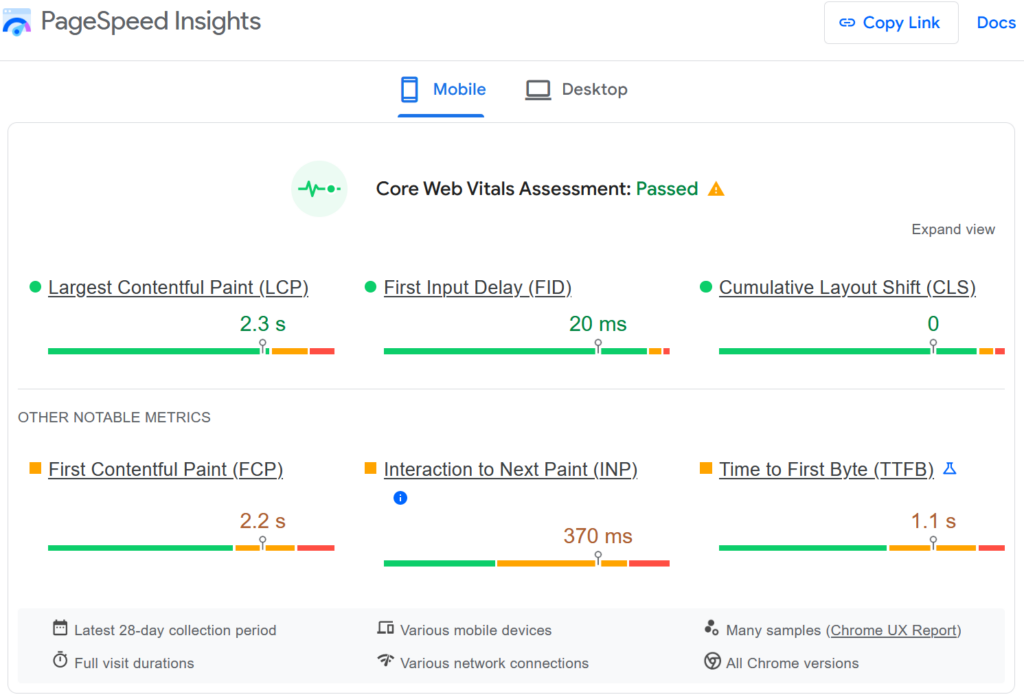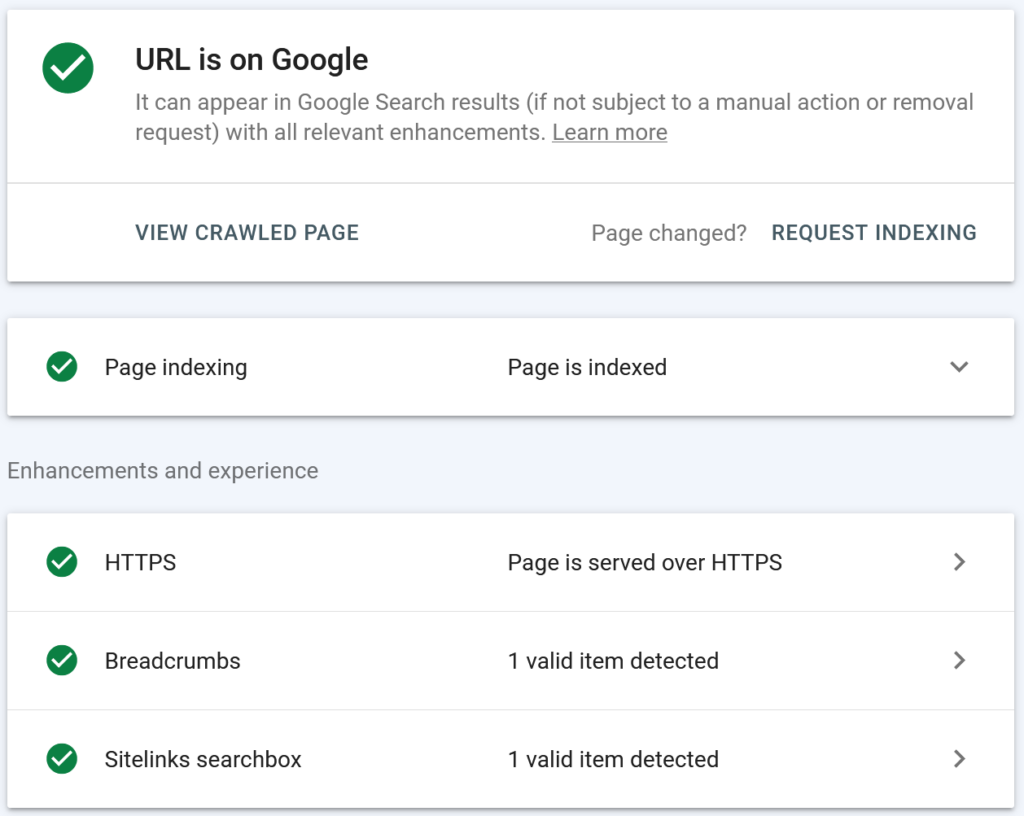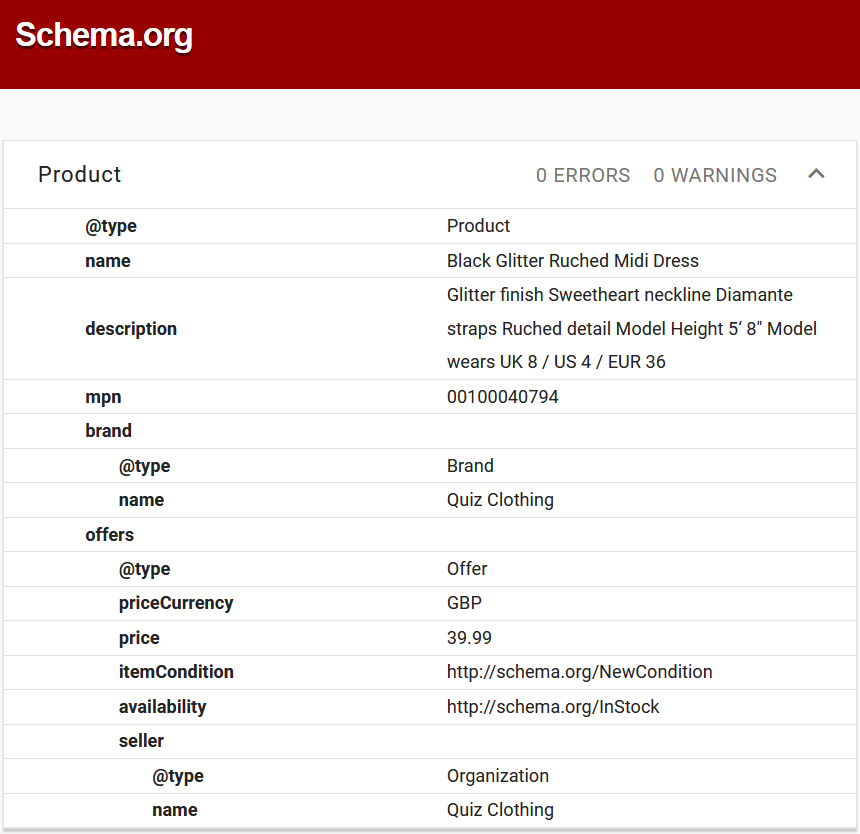The term ‘technical SEO’ is likely to strike fear in the heart of anyone with a vague understanding of search engine optimisation, but don’t run and hide just yet.
It doesn’t have to be as frightening as it sounds, and actually, it’s important for anyone running a website to get on board with it.
That’s because it focuses on the fundamentals of website optimisation. Without it, your website is a virtual needle in a haystack.
Breaking Down Technical SEO
So, what exactly do we mean by ‘technical SEO’?
Technical SEO deals with the strategies implemented to improve both the visibility and performance of a website in search engine results. It zones in on the unseen parts of the website, ensuring it can be crawled and indexed effectively by search engines.
When you’re working with the content on your website, you’re making sure it’s readable for humans. It deals with the parts of the website that make it readable to search engine crawlers.
How Important Is Technical SEO?
It’s a vital part of ensuring a website ranks well on SERPs, but it can’t work by itself.
Without relevant content and keywords, backlinks, and authority, technical SEO can only go so far as to improve the ranking of a website.
You can look at it as the base of your pizza. By itself, nobody is interested in the plain, doughy disc, but with the addition of tomato sauce, mozzarella, and a range of toppings, it becomes a mighty meal. Though the toppings might be tasty on their own, they are all held together by the pizza base.
Now comes the tricky part.
Based on this example, you might conclude that the pizza base represents technical SEO.
Not really.
Why?
In the example above, the pizza base represents just one aspect of technical SEO, such as solid hosting. The toppings you choose (for instance, WordPress plugins and Shopify apps) and how you lay them down (optimise them) are important as well.
Read also: Technical SEO Checklist
Crawling and Indexing
There are so many areas of SEO that it’s easy to lose sight of your priorities. Technical SEO, as the foundation of any SEO, needs to be considered first and foremost. Within technical SEO, the most effective thing you can do to improve website ranking is to focus on crawlability and indexing.
Overhaul Your Crawl
Crawling is how search engines find your website and web pages.
They use bots or spiders to crawl through web pages and use the links within the pages to crawl to other pages.
If your website isn’t crawlable, then you’re not going to get found by search engines, and therefore you aren’t going to appear in their results pages.
So, how do you improve crawlability?
There are a handful of ways you can make your website more accessible to crawlers, and encourage more frequent crawler activity, including:
Keep It Mobile-Friendly
Search engines tend to prioritise websites that are mobile-friendly, so ensuring you have a responsive design for mobile devices greatly improves your chances of being crawled.
Add Internal Links
Crawlers use links within website content to find new pages, which subsequently get indexed, so internal linking is an excellent way to ensure other pages on your site are getting found by search engines.
You can sift through your content and manually link to other relevant pages on your site, or you can get SEO tracking tools to help with this, which can quickly locate opportunities for internal linking.
To create internal links you simply need to find a few words within content on your website that is relevant to another page on your site.
For example, if your website deals with recipes, your content for a BBQ chicken pasta recipe may state that it’s one of your favourite BBQ-inspired dishes. Now you can link the phrase ‘BBQ-inspired dishes’ to another page on your website that features BBQ-inspired recipes.
Speed It Up
Website speed is important to crawlers. If your pages are slow to load, a crawler can lose interest and give up before it adds the page to the index. For optimum crawling, you need to ensure your website is running at an optimised speed.
This can be achieved by choosing the right hosting, enabling browser caching, and compressing images, to say the least.

Ensure It’s Secure
Secure websites rank better than those that are not secure. An SSL certificate allows you to implement HTTPS on your site, which is the gold standard of a safe website according to search engines.
Index Flex
The reason technical SEO gets so hung up on crawling is because of what happens as a result of crawling.
When bots crawl a page on your website, they add it to an index, which is essentially a catalogue of information that helps search engines decide which pages are relevant when a user inputs a search term.
By ensuring good crawlability, you’re increasing your chances of getting indexed by search engines, and therefore increasing the likelihood of turning up in SERPs.

Structured for Success
Schema
The structure of your website is critical for good technical SEO. This helps crawlers understand your website, ensuring it ranks higher in SERPs, and also provides a better user experience.
Schema is a shared vocabulary amongst the major search engines, which was developed to help them better understand websites.
Read also: Schema Structured Data: Your Guide for 2025
You can use schema on your website to tell search engines what you’re about and help point them in the right direction, which will ultimately enhance your online visibility.

XML Sitemap
An XML sitemap is another way you can help search engines navigate your website. You can think of this as a roadmap (remember those?!) for your website, which will help to ensure bots don’t accidentally bypass some of your most important pages (or landmarks).
If your website is well-structured, with an internal linking structure that makes sense to search engines, then an XML sitemap won’t be necessary.
However, it won’t do any harm, so it’s good practice to have an XML sitemap anyway.
Final Words
If you’ve made it this far, congratulations, that was a lot of information.
Technical SEO can feel overwhelming, but it’s a critical part of any good SEO strategy so it cannot be put on the backburner.
Without a clear understanding of what it is and how it works to improve the visibility of your site on search engines, your website risks being lost in an online black hole.
Need some help with formulating a technical SEO strategy?
That’s what we’re here for.
Contact us today to discuss the changes we can implement to your website to make it more search-engine friendly.